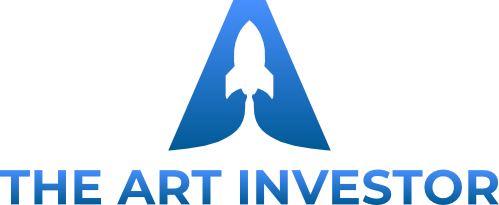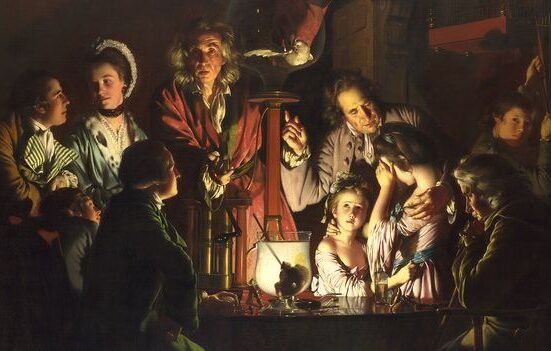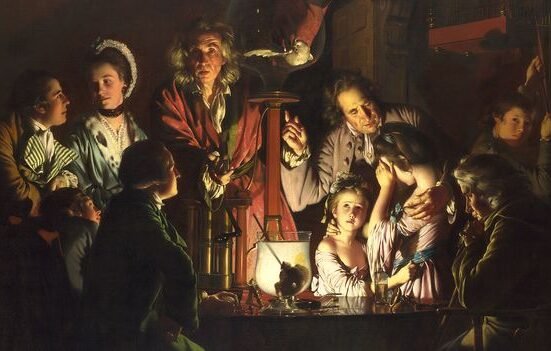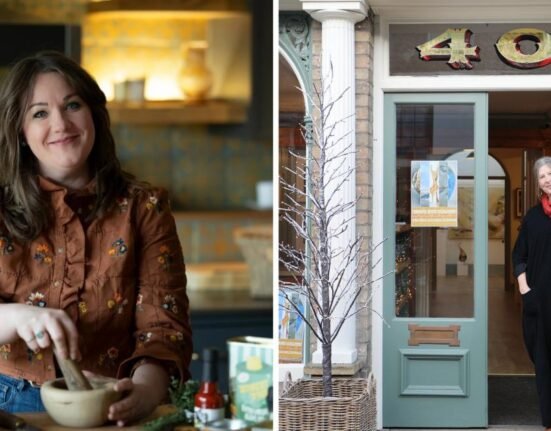
Andrew Wolff, recognized on this year’s Art Power Index, is reshaping the digital infrastructure of the art market at a scale few imagined even five years ago. As CEO of Beowolff Capital, Wolff made headlines in 2025 with two bold plays: acquiring a controlling stake in Artsy and pursuing a €65 million delisting and takeover of Artnet. But for Wolff, these weren’t trophy acquisitions. They were the foundation for a new kind of art world ecosystem, one built on data, connectivity and what he calls “networked authority.”
Wolff argues that the next phase of art world power will be determined by who can build open, transparent and participatory systems that expand access to art itself. His strategy centers on fusing the intelligence of Artnet’s secondary-market data with Artsy’s primary-market reach, using A.I. to create a seamless digital environment for collectors, artists and galleries.
As technology and globalization erode old hierarchies, a more fluid, decentralized art market is emerging. Wolff envisions a future where discovery, valuation and transaction happen frictionlessly across connected platforms, and where A.I. serves to amplify human expertise. The result would be nothing short of a structural redefinition of art commerce: one that balances transparency with trust and expands creative and commercial agency for artists and collectors worldwide. For Wolff, the goal is to rewire the art market for a new era of digital collection. In a world increasingly mediated by algorithms, the human dimension of art matters more than ever.
What do you see as the most transformative shift in the art world power dynamics over the past year, and how has it impacted your own work or strategy?
In general, I think the world is moving from static forms of power to a more fluid model of networked authority and strength, one in which power and influence are built on the foundations of interconnected communities. Old-school power structures build walls to protect themselves. But our younger generations are skeptical of centralized gatekeepers; they want access, participation, transparency, consistency, objectivity. Many of the institutions and companies of the future—think open source or Web 3.0—are building power and scale based upon those principles.
This trend is just beginning to shift the power dynamics of the art market. Young, aspiring collectors—those that are so vital to a healthy and growing market—want to be part of a permissionless network. They want to discover art and transact in an open and transparent marketplace.
These thematics align well with what we are doing at Beowolff Capital through Artnet and Artsy. We want to give collectors the power to participate in social networks in order to discover what art they like, what it means to them, how to value it and how to enjoy it with others. And we are providing our business partners with the software operating system that will enable their clients to do so in a safe and transparent ecosystem.
As the art market and industry continue to evolve, what role do you believe technology, globalization and changing collector demographics will play in reshaping traditional power structures?
Technology is inherently disruptive. When used as a force for good, it can be a catalyst for democratization. It can equalize access to goods and services. It can connect people and drive globalization. It can liberate buyers and sellers from transactional friction and illiquidity. It can educate by giving everyone access to the same data and the tools to interpret it and generate insights and opinions. It can create new media for human expression and metaphor.
Those forces mesh well with Beowolff’s mission. Recently on Artsy, our recommendation engine showed me a work by a painter in Suzhou, China, who is using a novel technology to reimagine the centuries-old sfumato painting technique. I went to Artnet to look at historical sales data for the artist to gain comfort and read a piece we published on the artist. In the near future, our technology will allow me to learn more about the background of the artist and the symbolism of the work, watch a video that explains his creation process, connect with other collectors who share similar tastes and sensibilities, and generate predictive insights as to the value of the work in the future. That’s the fun stuff I want to be involved with. Simultaneously, agentic tools will be working in the background to deal with shipping, customs, insurance, framing and assist me in financing the purchase.
Looking ahead, what unrealized opportunity or unmet need in the art ecosystem are you most excited to tackle in the coming year, and what will it take to make that vision a reality?
It’s so hard not to say A.I., so I won’t try. At Artsy and artnet, we are building A.I.-native tools and services to create opportunities and solve problems for our partners and clients. Our innovations are taking many forms. A.I. can mean using deep learning to train and refine our recommendation engine to understand why a collector responds to a given work, in order to show them other works that will resonate with them. Or a valuation tool based on structured and unstructured data. Or an agent that can take a gallery’s PDFs, structure the data, and upload them onto our online marketplace, freeing the gallery to interact with artists and collectors, tell stories, and sell.
We embrace A.I. not to reduce the role of human expertise in the art market, but to amplify it. Not to steal the voices of artists, but to allow them to expand their reach. After all, in a world where machines can do more and more, the ability to create and feel the power of art is an increasingly critical part of what makes us human.
With Artnet’s secondary-market data strength and Artsy’s primary-market marketplace focus, there’s a lot of potential to redefine how art market data and sales interact. Is that the goal?
Absolutely. We’re creating a symbiotic commercial ecosystem, starting with Artsy and Artnet, which creates a new kind of intelligence for the art market, one in which insights and transactions reinforce each other and increase the velocity and power of both. We are supercharging our complementary, industry-leading businesses with shared A.I. tools that deliver next-generation products and better serve collectors, galleries, and artists alike.
At the same time, you’ve said the two companies will remain separate, at least for now. How do you envision balancing their distinct identities in the short and long term?
Both Artnet and Artsy have earned deep trust within their community and market, and their uniqueness is a strength. We will preserve those differentiated voices while quietly building connective tissue—shared data architecture, technology and tools that enhance both brands.
Looking ahead five years, what does your “ideal state” look like in terms of user experience and industry impact—one mega platform or still two distinct but interconnected platforms?
Five years from now, I’d like collectors to move much more fluidly through discovery, valuation and transaction without noticing where one platform ends and the other begins. Whether that manifests as one unified ecosystem or several connected destinations matters less than the experience itself. For Beowolff, our north star is transparency, liquidity and empowerment across the full art journey, which will matter more and more as today’s young collectors continue to develop their tastes and aspirations. If we do all of that, the impact on the industry will be substantial: significant growth in the services industry that benefits everyone and is sized more appropriately for a market that serves an alternative asset class of over $1.5 trillion in aggregate value.
Where do artists fit in? How will they benefit from a more connected online ecosystem?
Our platform will help artists find their global audience, understand their market in real time and tell their stories with more agency and impact. Technology should expand their creative and commercial freedom, not intermediate it. After all, to appreciate art is to derive meaning and emotional response to symbolism and metaphor, to understand the story behind the work. If our tools can help collectors find the narratives that resonate with them, this will allow artists to amplify their voices.
How do you see the offline and online art worlds evolving together now and in the future?
I think we are past the stage of seeing online and offline as competing realities—they have and will continue to converge. Think of how important the virtual salesroom experience has become to auction houses, where online and in-person bidders carry equal weight. Offline curatorial decision-making will be increasingly powered by software. Digital tools will enhance physical experiences by making discovering and acquiring art frictionless. Physical experiences will be supplemented by digital metadata—imagine museum audio guides superpowered by A.I. This convergence will permeate all industries, but will have a profound impact on the way in which we experience art.
Proprietary user and market data are already hugely valuable and are likely to become even more so in an A.I.-powered world. What ethical or practical safeguards do you see as absolutely necessary to safely scale the Artsy/Artnet ecosystems?
Data is a privilege, and it must be governed with objectivity and accountability. As we develop A.I.-native tools, we are focused on using data to inform and empower, not to exploit or steal. Transparency must be balanced with protection. Collector anonymity, artist ownership of imagery, gallery control of transactional data: these all must remain sacrosanct. The companies that thrive in the next phase of the art world—and frankly in all industries—will be those that combine innovation with trust. Beowolff is one of those companies, and we believe that it is critical to our success that we are responsible custodians of our data.







